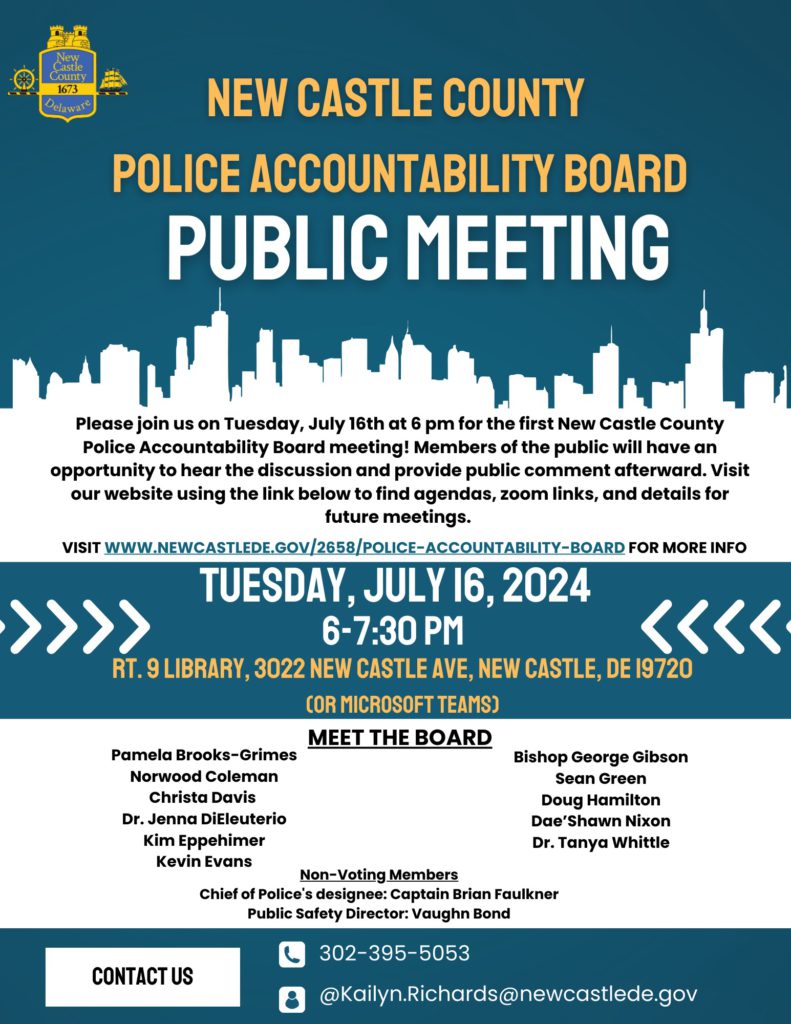I have a distinct recollection. It was March 31, 1991 – Easter Sunday. There was a heated discussion at my grandparents’ house, as there usually was after holiday meals, about the big news of the day. I was 16 years old.
I remember the date accurately only because I remember the topic. Earlier that month, the Los Angeles Police Department’s brutal beating of Rodney King became national news after being recorded in real time by a random bystander named George Holliday on a new gadget for personal video recording called a camcorder.
After a high-speed pursuit, prompted by King’s fear of a DUI and a parole violation, a gang of officers mercilessly beat King and the other occupants of his 1987 Hyundai Excel. There’s no need to chronicle a blow by blow here. It’s all well documented.
My grandfather, father, and uncle had a very heated discussion that Sunday afternoon after Easter ham. Was this an acceptable use of force? At a particularly tense exchange in the argument, my uncle jumped off the sofa and laid face down on the carpet of my grandparents’ living room. He pulled his arms back to meet his ankles, which were raised up behind his back, like a steer being roped at a rodeo.
If King would have assumed this position, my uncle exclaimed, none of this would have ever happened.
[Warning on the video for graphic violence and language]
Late last week, New Castle County released dash and body-cam footage of a savage arrest in a Royal Farms parking lot off Route 40 in Bear. According to reports, New Castle County Police stopped the woman for unsafe lane changes and an expired registration.
With so many cameras rolling, the arrest was recorded from multiple angles, allowing everyone to watch and make their own judgment.
While the driver was still on the ground after being violently beaten and arrested by four New Castle County Police officers, one of them, without any apparent irony or self-awareness, aptly describes the absurd use of force against the woman.
“It didn’t have to be like this.”
All credit to New Castle County for promptly releasing the dash cam and body worn camera footage. Like the Rodney King incident over three decades ago, the images speak for themselves.
Amidst all the caveats offered to the public in preparation for the release of the footage, the county said the officer pulled the driver over not only for the improper lane changes and expired registration, but also because of a bullet hole in the car with police evidence markings. Notably, there has been no additional evidence I know of to support this wild claim.
Upon contact with the driver (who stopped in a parking lot), the first officer demanded she get out of the car or he’ll pull her out. He said the Supreme Court allows it. The officer pulled the car door open, but the driver remained in her seat. There’s a standoff at the open car door that’s verbally heated but in no way demonstrates a physical threat to the officer.
After four minutes, when it’s clear the driver is no threat (only relatively uncooperative), another officer arrives and puts gloves on to begin the fight.
The driver agrees to walk over to the curb to straighten out the traffic violations. As soon as she stands up she is set upon by three officers who wrestle her to the ground and brutally detain her. During the beating the driver grabs an officer’s foot, which prompts a fourth officer, newly arrived to the scene, to run over and begin striking the driver in the face and head while she is pinned to the ground by three others.
Police often assert that the public cannot judge the life and death decisions they make in a mere instant. (I’m sure you’ve heard this excuse.) So, how should the public expect police to react to a non-threatening situation after four minutes?
On Tuesday, July 9, I attended the press conference regarding this incident at the Igwe Law Firm, which is representing the driver. Assorted media gathered to hear the victim and her attorney discuss the matter and field questions. I regret to inform you, dear reader, the local media has already established their angle.
While the victim was in the four-minute standoff with the first officer at the open car door, a reporter contended that she “goaded” the officer. The victim asked for an exact definition of the word goaded. Her attorney, Emeka Igwe, explained that the reporter was insinuating that the victim provoked the officer.
The victim explained that her anxiety, fear, and Post Traumatic Stress Disorder kicked in and she started running her mouth. (She did have a certified service dog in the vehicle with her.) Mr. Igwe stressed that regardless of the victims words or demeanor, police should not be perpetrating group assault.
Esteban Parra of The News Journal noted the detail that many of the newspaper’s readers pointed out. The victim grabbed the boot of one the officers as she was being set upon and beaten.
“Why did she do this?” he asked.
She replied that she didn’t know. She was being pulled in opposite directions, slammed into the ground, and struck repeatedly in the head by multiple armed police officers. It was difficult to say why she yelled obscenities or grabbed an officer’s foot. Actually, it’s mostly irrelevant.
The video is available. Watch for yourself if you are inclined. What purpose does this police action serve? Does this type of police violence keep us safe? Do these incidents aid in establishing trust and respect between the armed agents of the state and those they serve?
It doesn’t have to be like this indeed.
If you would like to participate in a public discussion on this matter, the New Castle County Police Accountability Board meets Tuesday, July 16th at 6:00 p.m. at the Route 9 Library.


